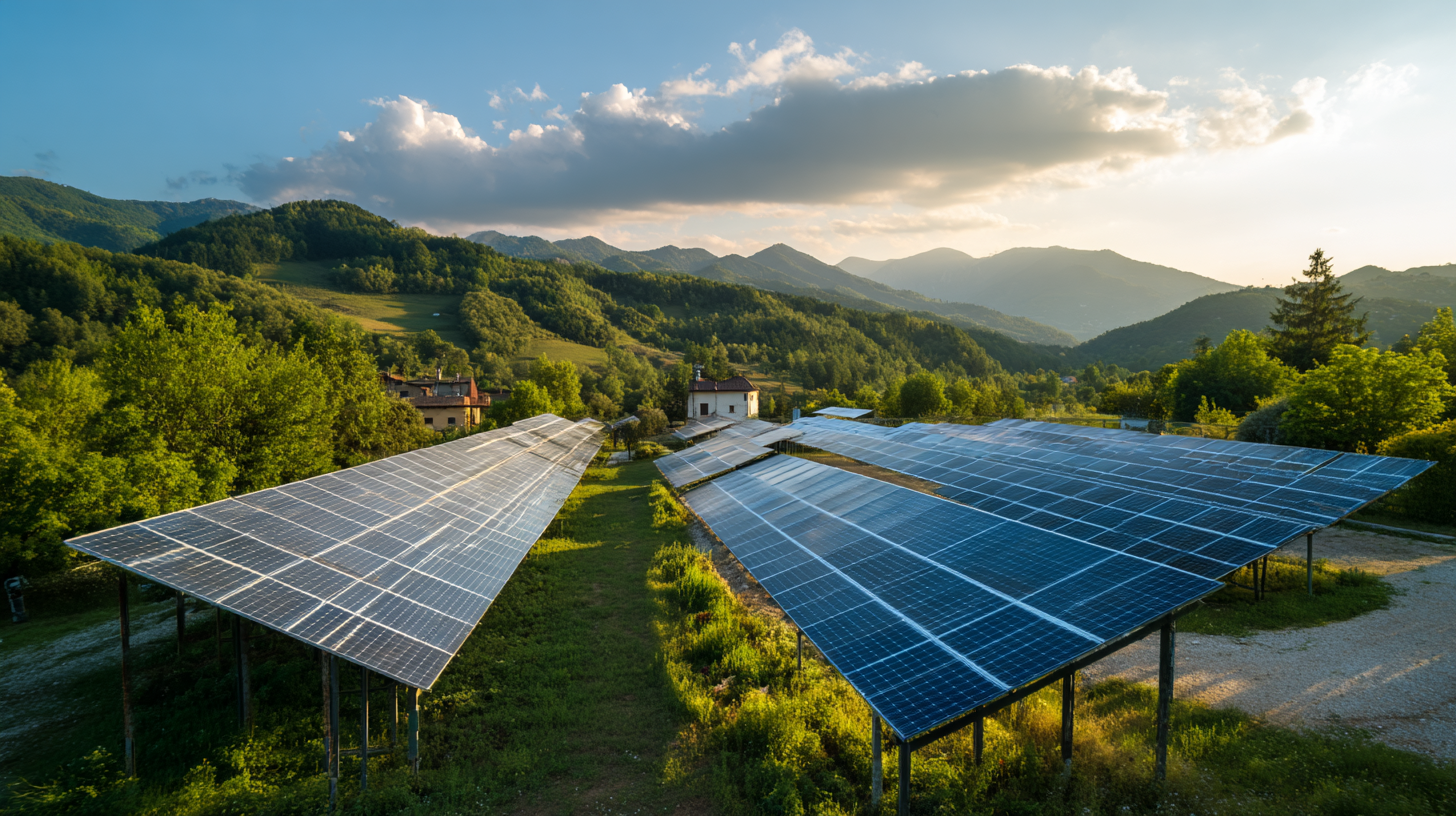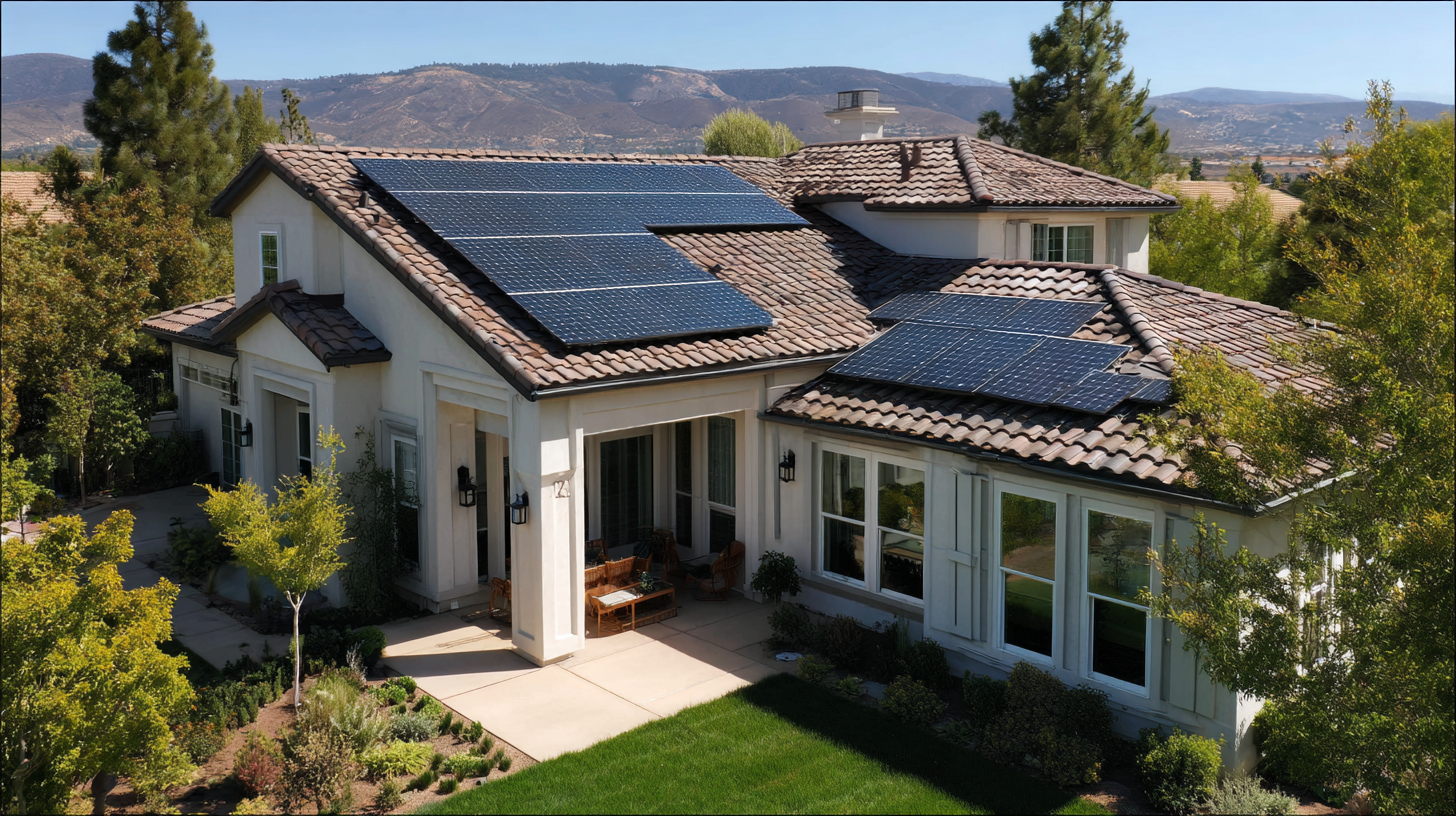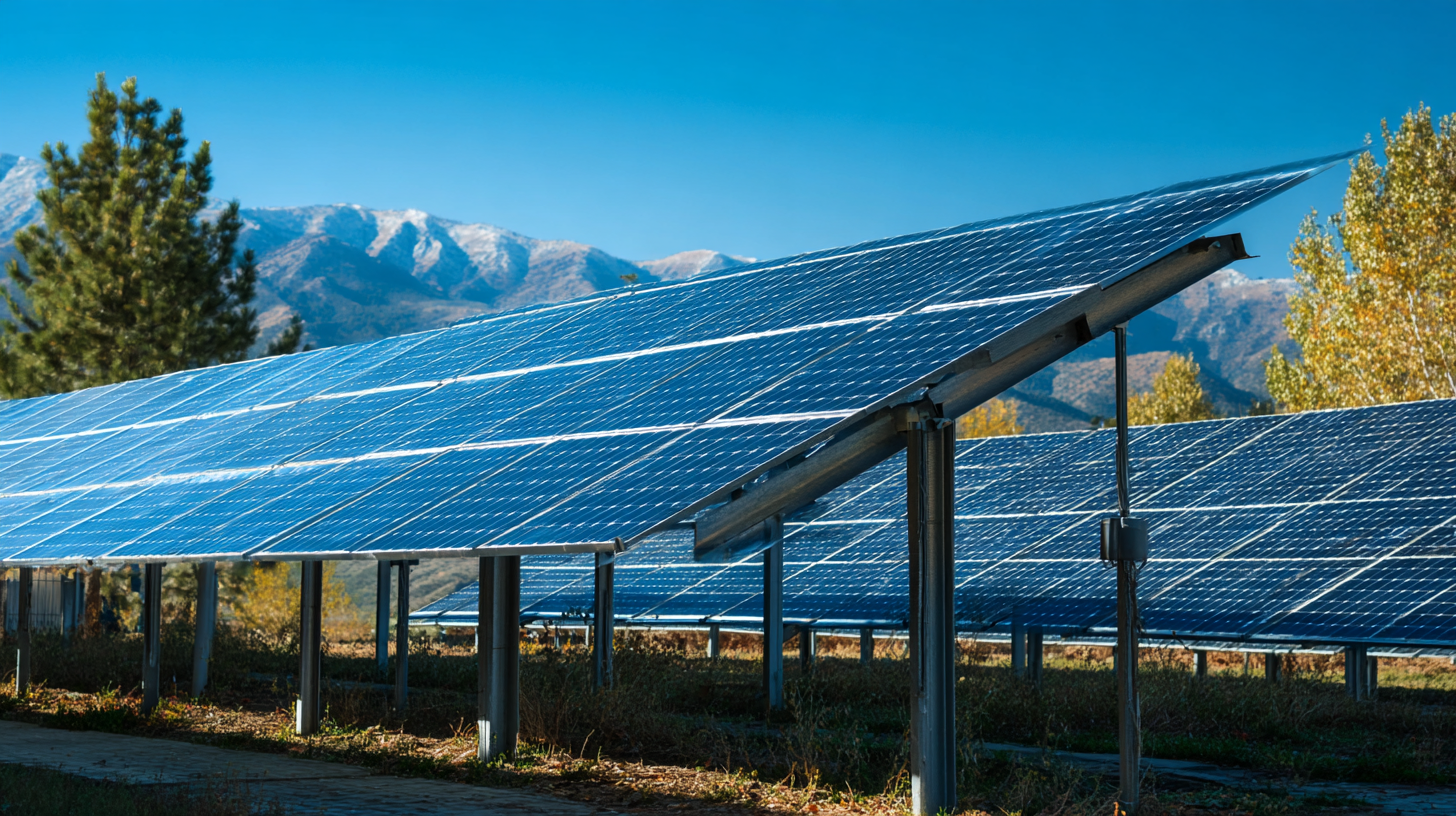How to Choose the Best Solar Electricity System for Your Home
The increasing global emphasis on sustainable energy has made solar electricity for home one of the most viable solutions for reducing carbon footprints and enhancing energy independence. According to the International Energy Agency (IEA), solar energy accounted for approximately 11% of the world's electricity generation in 2020, and this figure is projected to grow significantly in the coming years.
 In countries like China, manufacturing techniques have evolved to deliver high-quality solar panels at a competitive price, leading to a surge in adoption rate. The growth of the solar industry is mirrored by a 20% annual decrease in the cost of solar photovoltaic systems over the last decade, making solar electricity not only a responsible choice but a financially savvy one for homeowners.
As families consider this sustainable option, understanding how to choose the best solar electricity system tailored to their specific needs is essential for maximizing efficiency and investment returns.
In countries like China, manufacturing techniques have evolved to deliver high-quality solar panels at a competitive price, leading to a surge in adoption rate. The growth of the solar industry is mirrored by a 20% annual decrease in the cost of solar photovoltaic systems over the last decade, making solar electricity not only a responsible choice but a financially savvy one for homeowners.
As families consider this sustainable option, understanding how to choose the best solar electricity system tailored to their specific needs is essential for maximizing efficiency and investment returns.
Market Trends in Solar Electricity Systems for 2025: What to Expect
As we approach 2025, the solar electricity market is evolving rapidly, influenced by technological advancements and changing consumer preferences. One of the most significant trends is the increasing efficiency of solar panels. Manufacturers are now producing panels that convert more sunlight into electricity, meaning homeowners can generate more power from the same roof space. This not only maximizes energy output but also enhances the return on investment for solar installations, making them more appealing to homeowners looking to reduce their energy bills.
Another trend to watch in 2025 is the rise of energy storage solutions, particularly home batteries. As more homeowners adopt solar systems, the ability to store excess energy for later use becomes crucial. Advances in battery technology are leading to more affordable and efficient storage options, allowing homeowners to optimize their solar energy use and enhance energy independence. Additionally, growing awareness of climate change and sustainability is driving demand for solar solutions, encouraging innovation and competition in the market. As these trends unfold, homeowners can expect a wider variety of options to choose from when selecting a solar electricity system suited to their needs.
How to Choose the Best Solar Electricity System for Your Home - Market Trends in Solar Electricity Systems for 2025: What to Expect
| Year | Market Size (Billion USD) | Growth Rate (%) | Average System Cost (USD/kW) | Adoption Rate (%) |
|---|---|---|---|---|
| 2023 | 30 | 15 | 2,800 | 10 |
| 2024 | 35 | 16 | 2,600 | 12 |
| 2025 | 42 | 20 | 2,400 | 15 |
| 2026 | 50 | 24 | 2,200 | 18 |
| 2027 | 60 | 27 | 2,000 | 20 |
Key Factors to Consider When Choosing a Solar Electricity System
When choosing the best solar electricity system for your home, several key factors come into play that can significantly influence your decision. The market for distributed energy resource management systems is experiencing robust growth, with projections indicating a rise from $4.52 billion in 2023 to $7.64 billion by 2032. This growth is driven by advancements in software solutions, particularly in virtual power plants, management and control systems, and analytics that optimize solar and other renewable energy applications.

Another crucial aspect is the rise of renewable energy sources globally, with reports indicating that by 2023, around 30% of the world's electricity is derived from renewables, greatly influenced by solar and wind energy expansion. The integration of these systems into home energy solutions not only enhances efficiency but also contributes substantially to economic savings in the long run.
Furthermore, the solar hydrogen panel market is predicted to see a growth rate of 11.83%, expanding from $18.9 million in 2025 to approximately $41.33 million by 2032. Understanding these market dynamics will empower homeowners to make informed decisions regarding their solar electricity investments.
Types of Solar Electricity Systems: Pros and Cons Explained
When selecting a solar electricity system for your home, it's crucial to understand the different types available and their respective pros and cons. The most common systems are grid-tied, off-grid, and hybrid systems. Grid-tied systems are connected to the local utility grid, allowing homeowners to use solar energy during the day and draw from the grid at night. This option usually has lower installation and maintenance costs, but it doesn’t provide power during outages.
On the other hand, off-grid systems operate independently of the utility grid, making them ideal for remote locations or for those looking for complete energy independence. While they often require a larger initial investment due to batteries and backup systems, they offer greater reliability in emergencies. Hybrid systems combine the best of both worlds, allowing access to the grid while providing battery storage for energy during outages. This flexibility can be more expensive, but it ensures a consistent power supply regardless of external factors. By weighing these pros and cons, homeowners can make an informed decision that best suits their energy needs and budget.
Comparison of Different Types of Solar Electricity Systems
Infrastructure and Incentives: How They Affect Your Solar Choice
When considering a solar electricity system for your home, understanding the infrastructure and incentives available in your area is crucial. Infrastructure encompasses the quality of the local grid, the availability of solar installation services, and the potential for net metering. A robust grid can efficiently handle the energy generated from your solar panels, ensuring that you receive the maximum benefit from your investment. Additionally, access to reputable installation companies can ease the process of transitioning to solar energy, making it more accessible for homeowners.

Incentives also play a significant role in your solar choice. Many governments offer tax credits, rebates, and other financial incentives to promote renewable energy usage. These programs can significantly lower the upfront costs of solar systems, making them more affordable for the average homeowner. Additionally, some states have specific programs aimed at enhancing solar adoption, such as low-interest financing or performance-based incentives. By thoroughly researching both the existing infrastructure and available incentives, homeowners can make informed decisions that align with their energy needs and financial goals.
Real-Life Examples: Success Stories of Solar Electricity Adoption
Solar electricity adoption has seen remarkable success stories across the globe, particularly as advancements in technology make it more accessible and cost-effective. For instance, reports indicate that countries like Pakistan have quietly emerged as major players in the solar market, becoming the world’s largest solar importer. This shift underscores the idea that solar energy is not merely an environmental choice but a significant economic solution, showcasing the potential for job creation and investment in emerging markets.
Similarly, innovations in photovoltaic (PV) technology are transforming the energy landscape. Advanced technologies are driving down costs significantly, enabling wider adoption. Recent studies reveal that the cost of solar photovoltaic systems has dropped by approximately 82% since 2010, making solar energy increasingly viable for homeowners. Real-life examples, such as Japan's community-focused solar initiatives, highlight how diversified energy sources can enhance resilience in the face of geopolitical challenges. By embracing solar energy, households can contribute to a sustainable future while benefiting economically in their communities.